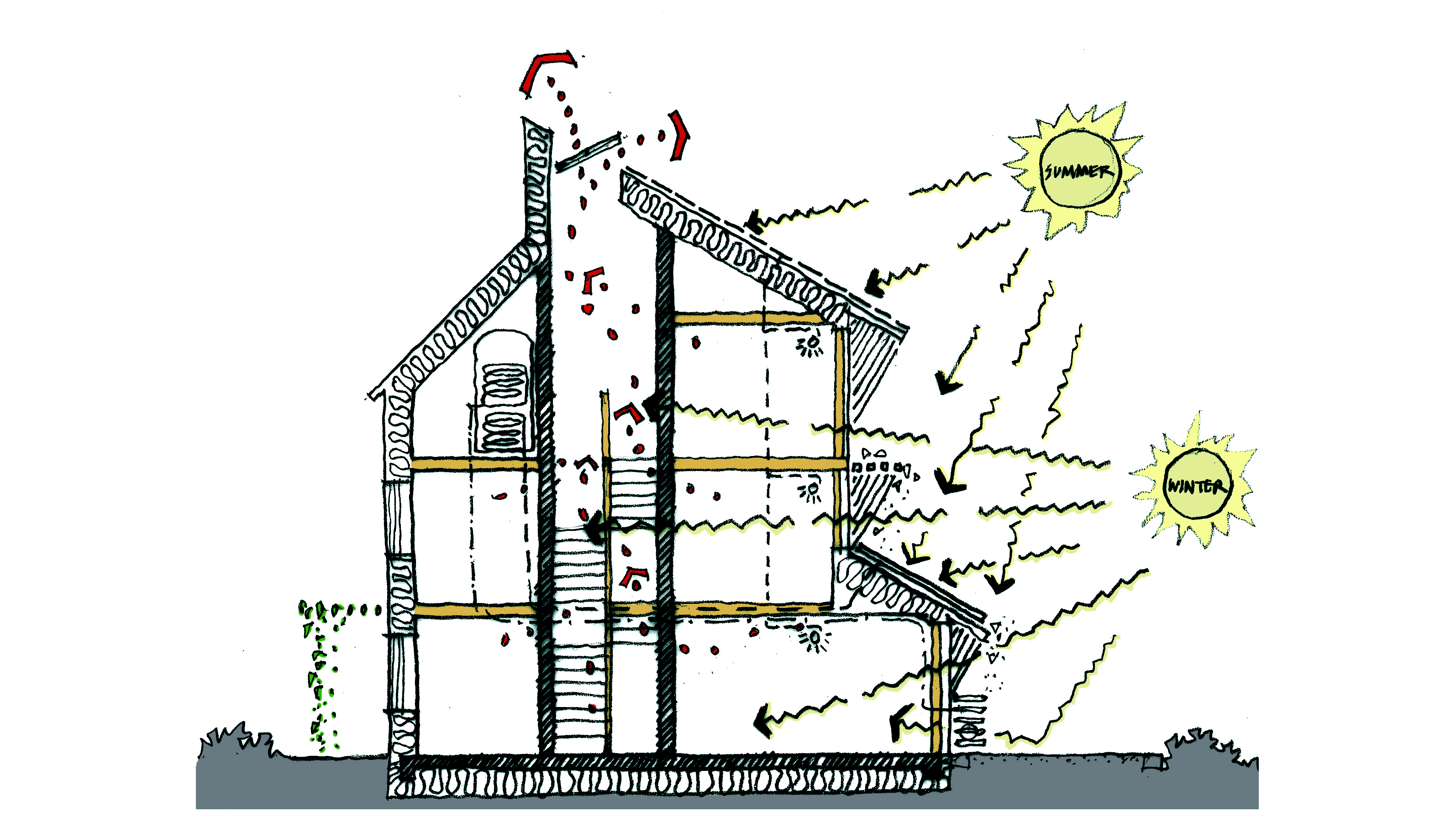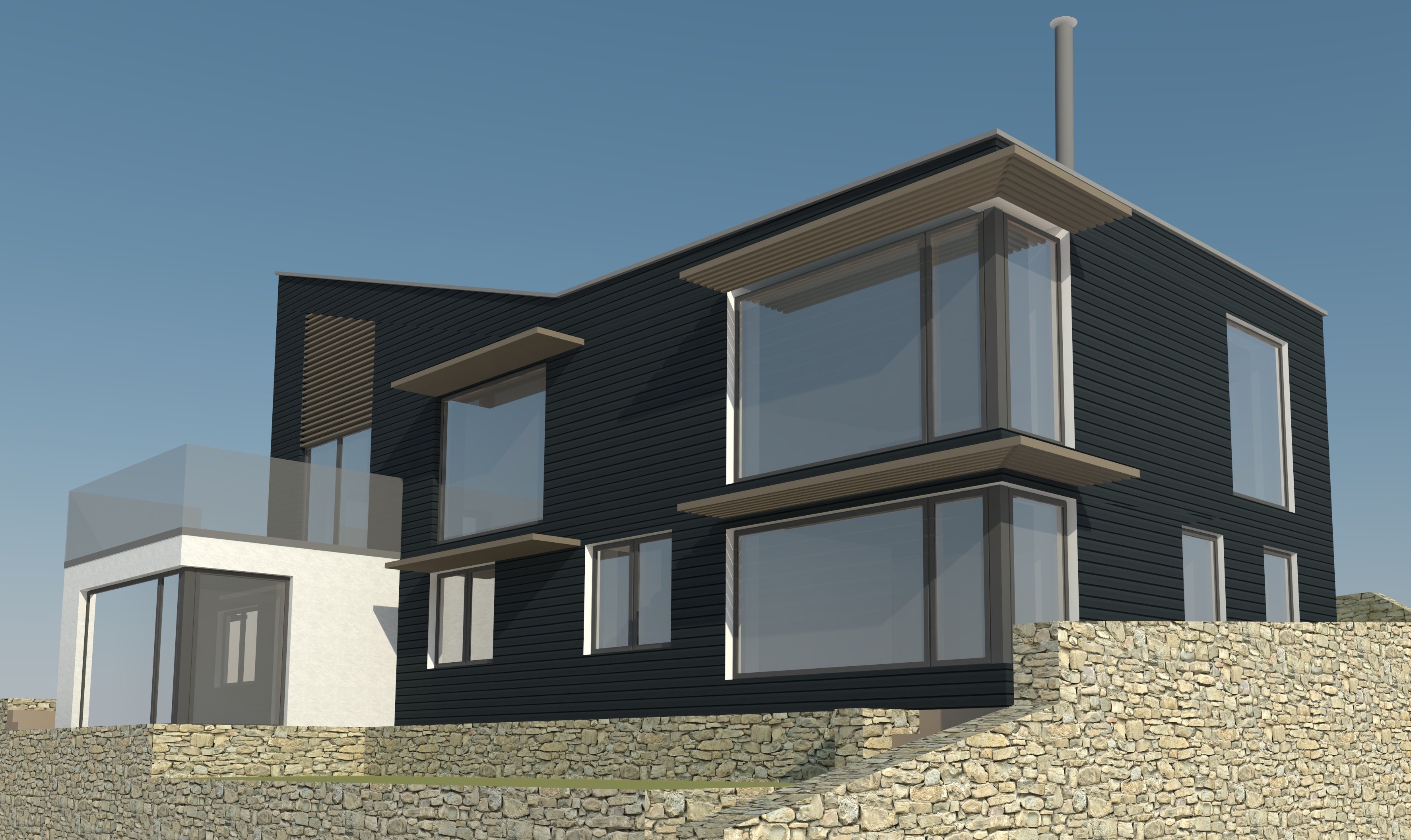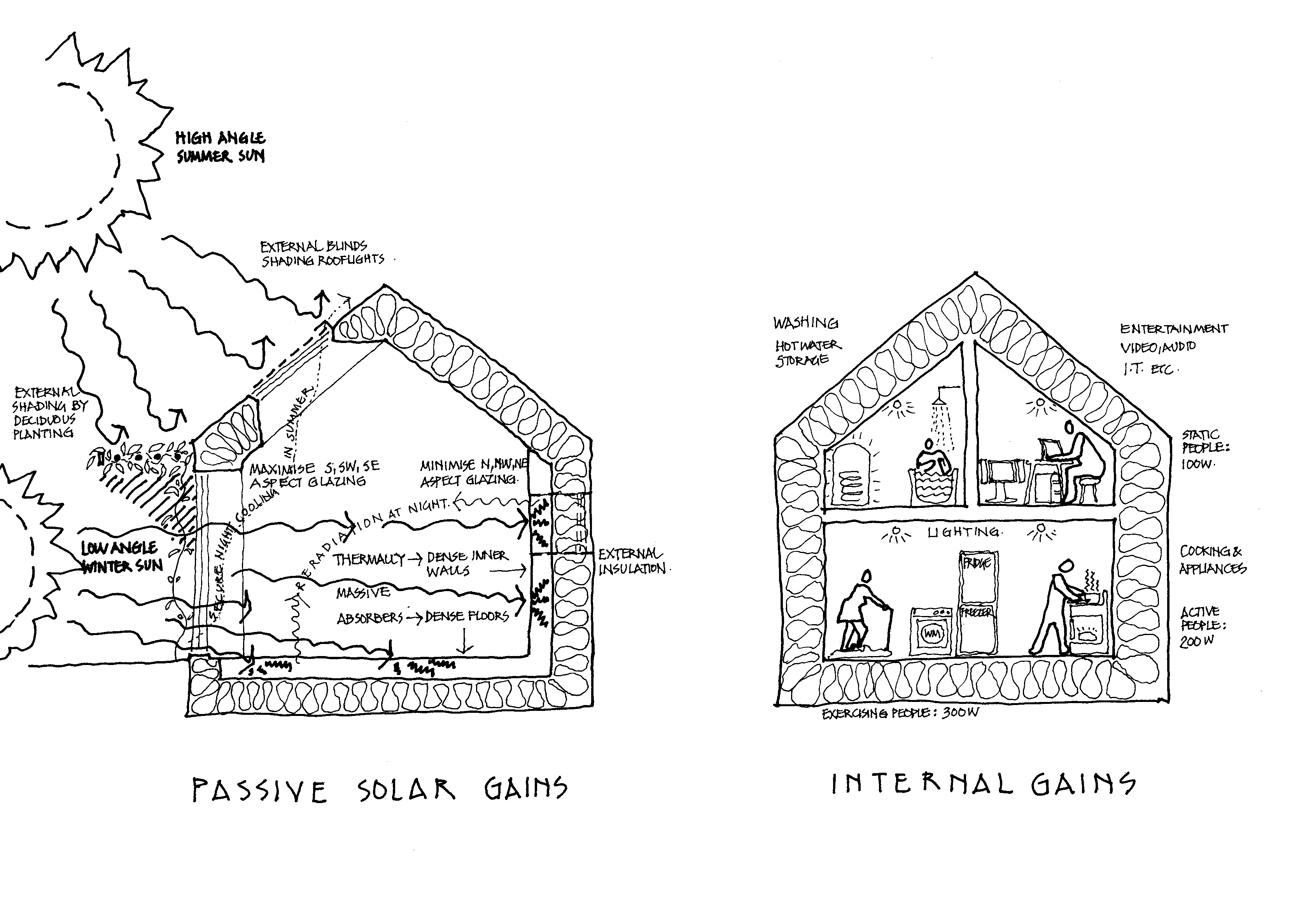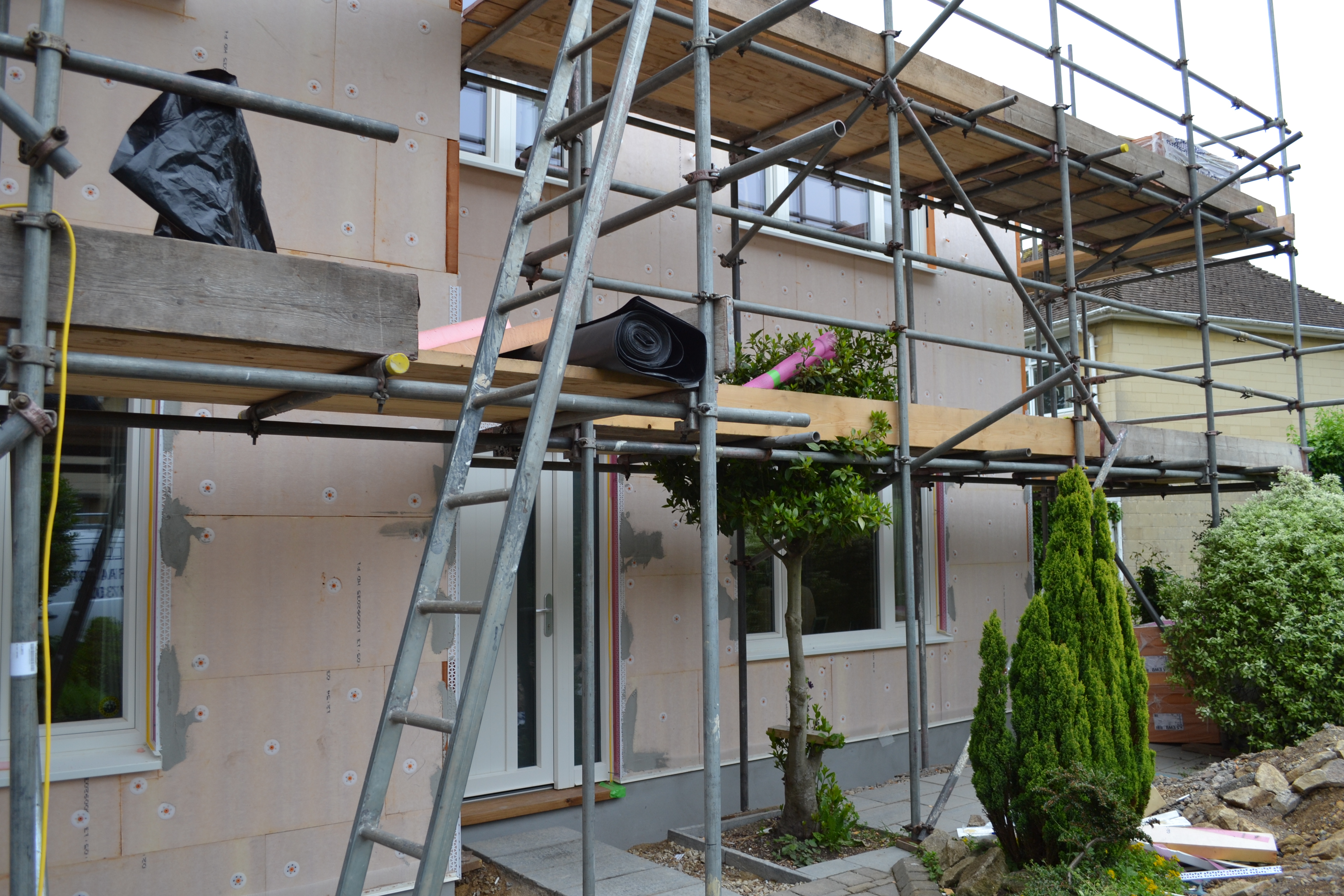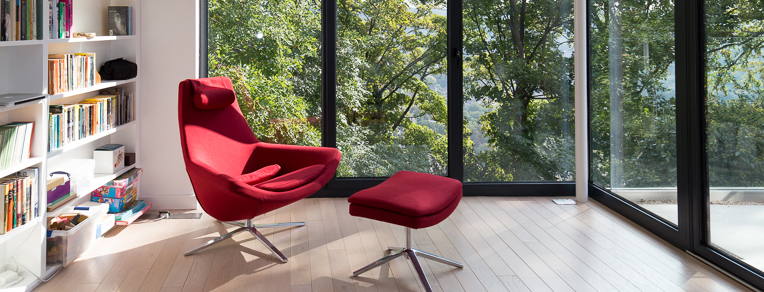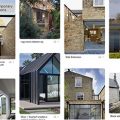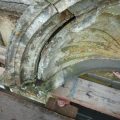Why Does it Matter?
With ever increasing fuel bills a low energy home makes economic sense but there are other big advantages to building a house in a sustainable way.
If you are contemplating building your own home you have an opportunity to build a house that will be unique and bespoke, but you can also create something that is energy efficient with low running costs and that provides a healthy environment for you and your family. Not only that, you are also doing something to help the environment and future generations.
Where to Start
Unless you have a lot of time on your hands, a knowledge of planning, design and construction then employing the services of an architect with experience of designing sustainable, energy efficient buildings is a good starting point. An architect who is also a Certified Passivhaus Designer will give you added expertise. Here at HRA we have one Certified PH Designer and all our architects have undertaken training in Passivhaus design. We regularly design buildings using Passivhaus principles and advise clients on ways to improve the energy efficiency of their homes.
Build Quality Matters
Aside from the obvious (land, money and enthusiasm), in order to build your low-energy home you will need more than just an experienced architect, the quality of construction is also critical to achieving a low energy home. A good builder who is used to producing a high standard of workmanship with good attention to detail is essential in order to obtain a result that works as well as it is designed to. An architect can specify and detail high levels of insulation and airtightness, but if the builder leaves gaps in the insulation and forgets to seal up holes through external walls the building will fail to meet the standards intended.
Best Standards to work to:
Current Building Regulations in the UK are becoming ever more stringent and new houses must consume considerably less energy than they did 5 years ago; they are however still behind the times compared with other European countries in their aims. The most robust set of standards for creating truly low energy design and construction was created in Germany by the Passivhaus Institute (PHI) in the 1990’s. A Certified Passivhaus Home uses very little energy, a fraction of that of a typical UK house. It provides a well ventilated, draught free, healthy and comfortable living environment. Very high levels of insulation and airtightness mean that little energy is required for heating; passive energy sources such as sun, people and appliance generated heat are often all that is required to heat a Passivhaus home. You can find out more at The Passive House Resource.
The Role of Renewable Energy
This kind of low energy construction does not depend on “bolt on” technology to gain its green credentials, it ensures you prioritise the design and construction to minimise the need for heating and cooling in the first instance, so renewables become less significant as you do not have a high energy demand to offset. If you do have renewable add-ons they can work at optimum efficiency and can result in your Passivhaus having no net energy demands – a “zero carbon” building.
- Very high levels of insulation – a big cosy jacket.
- Extremely high performance triple-glazed windows with insulated frames.
- Airtight building fabric – so not a holey woolly jumper.
- ‘Thermal bridge free’ construction – nothing to conduct the cold from outside to inside.
- A mechanical ventilation system with highly efficient heat recovery (MVHR) – providing plenty of fresh air at the desired temperature.
- Accurate design using the Passive House Planning Package (PHPP) – lots of building science.
How We Can Help?
At Hetreed Ross we will be able to help you plan and deliver a truly low energy home and one that is compliant with the Passivhaus principles. You can plan to have it certified via testing and recognition from the Passivhaus Institut if you wish. Alternatively, you can simply aim for your property to meet the standard but stop short of going through the process of getting approval. We will discuss the pros and cons of both with you and guide you through the process. See our Sustainability page for more information about Sustainable Building Standards. See our Pinterest board Low Energy Homes for inspiration and information.
Resources
A useful blog by Elrond Burrell on all things related to Passivhaus http://elrondburrell.com/
Passivhaus Trust UK has a large knowledge base with many free guides http://passivhaustrust.org.uk/guidance.php
